Consultant Dermatologist Dr David de Berker, Honorary Clinical Senior Lecturer at Bristol Royal Infirmary, UK, delivered two presentations on nails at the PCDSI conference symposium on the topic. The first talk focused on inflammatory and infective disorders, including psoriasis, eczema and lichen planus and their management and treatment. The second talk highlighted the main traumatic and neoplastic presentations in the nails. Particular emphasis was placed on how to spot melanoma in nails, including how to get the diagnosis right. Diagnosing melanoma in nails can be challenging and a delayed diagnosis can be fatal, Dr de Berker advised. Signs can often be subtle, he said. “If things don’t fit, do a biopsy,” he advised. He added that: “Isolated digit dystrophies are a warning sign” and stressed that bilateral melanoma does not occur.
Dr de Berker also highlighted the condition melanonychia, which can be challenging diagnostically for clinicians, as they can be benign or cancerous. Melanonychia causes brown or black lines in nails. Some lines are a result of blood under the nail, but Dr de Berker stressed that melanoma and blood can occur. Shape, colour and history are important factors to consider when diagnosing non-melanocytic melanonychia, said Dr de Berker. Wide, brown lesions, covering above 50 per cent of the nail, are usually a cause for concern when considering melanoma as a diagnosis, he added. Furthermore, “mushy toes” should also trigger a possible melanoma diagnosis. The condition can be dramatic in appearance in children, but is benign in children up to 12 years of age. Turning to myxoid cysts, Dr de Berker advised that they can be treated via CO2 laser, puncture, cryosurgery and injection (sclerosant).
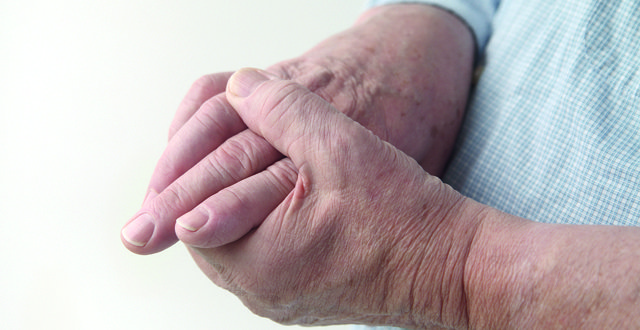

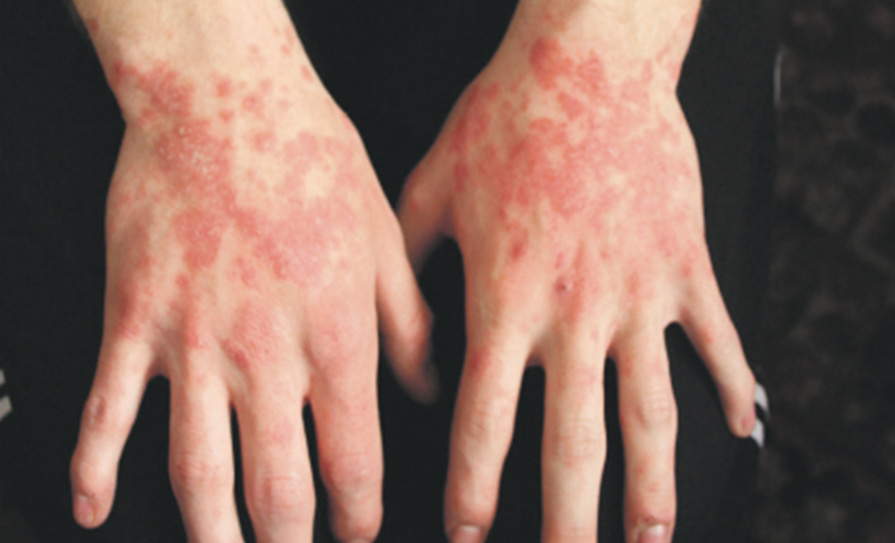
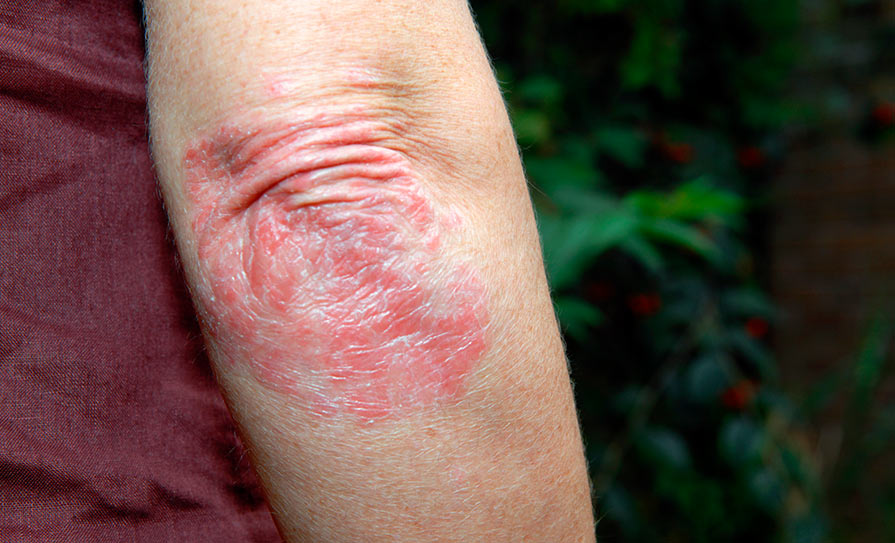

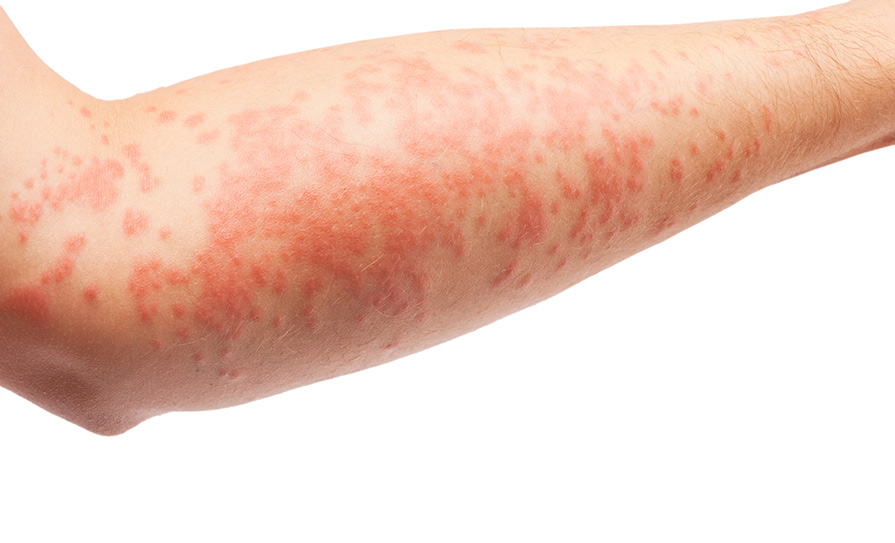

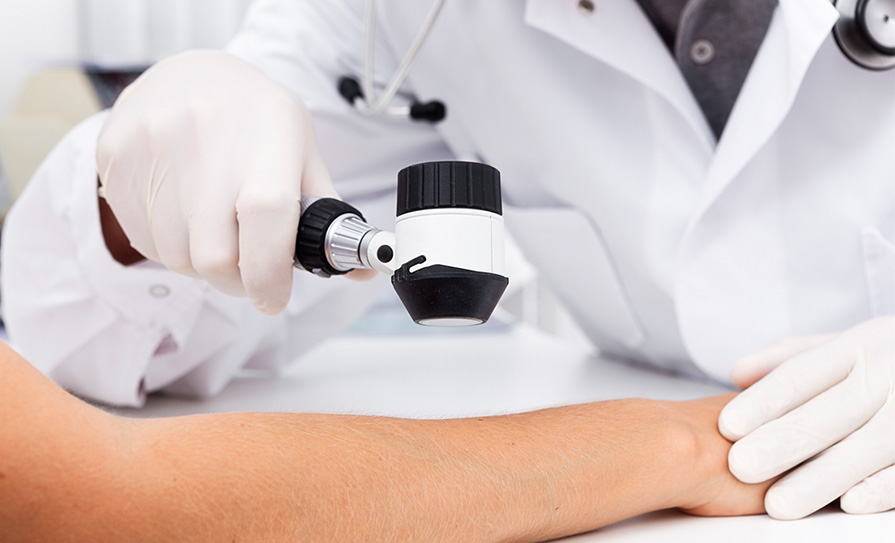
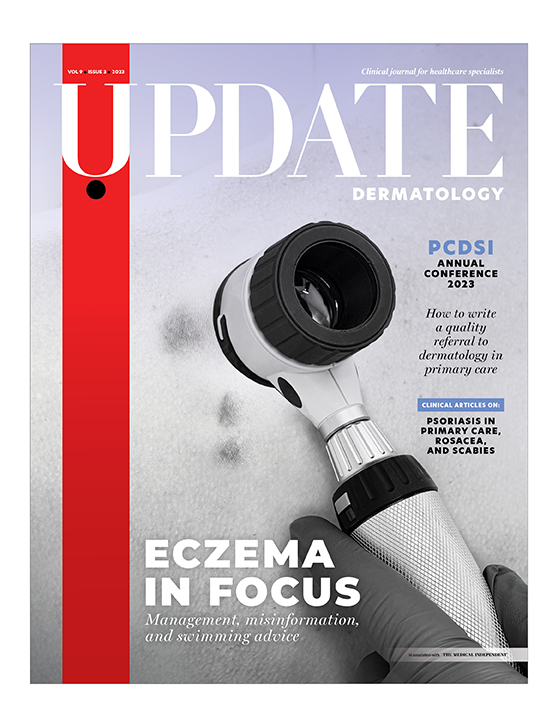




Leave a Reply
You must be logged in to post a comment.